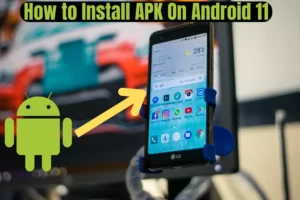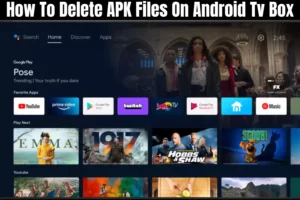What Is APK, xAPK, and OBB? (Detail Guide)
What Is APK? An app package is a folder that contains the APK file for your android software. The APK file is used to download and install your android software. It can’t be opened on its own but it must be installed on a device by installing the APK file on the device. Which may or may not be installed by you.
What Is APK, and How do I Get One
- An android application package (APK) is a file that holds your application.
- A package can be an app, game or site. You can download any APK from apkdots.
- You can upload an app or a game to the Play Store with an APK file.
What is an xAPK?
When you are downloading apps from the Play Store, your device will have several apps installed. Some of these apps are free, and some are paid apps. A xapk is a distribution of any other app you have installed on your device. For example, if you have a free app that you want to install on your xapk, you would download it from the store and copy it into a folder named apk-xapk . The .xapk extension is then used to refer to this folder (by extension). This means that while the contents of this folder are technically the same as any other app on your device, they will not appear in search results or notification bars or system tray icons – so only those who know what they are looking for will find them useful.
The main advantage of xapks is that they allow people to install apps without having them downloaded first as part of their regular library on their device. Because they are distributed this way, they can take up less space than regular apks and also tend not to be modified by anti-virus software or other applications that might potentially interfere with how your phone works (like any sort of root-access).
What can APKs do for Me?
APK stands for Android application package or android package kit. It is used to distribute applications with a .apk extension.
There are two main reasons to distribute your application through APKs instead of delivering it directly to the user, and that’s because they are more efficient in terms of CPU usage, device memory usage and battery life.
The main reason is that the entire user experience is stored on your app’s own app data directory (so you have access to all features, no need to share it with others or force-share it). The second reason is that they store a lot less data than you would if you were distributing it from across the internet (and in fact, APKs do not store any files at all).
Taking this into account means that APK doesn’t really mean anything anymore. It means a file of some kind (APK), and nothing else.
The Android Studio project manager makes it really easy for you to distribute your application using apks because we format them so cleanly. The app has a name and a package name:
- Now you can export these as .apk files:
- And then download them from the SDK Manager:
- And put them into your app:
- Finally, launch your app:
What is OBB and how it works?
An application package is a file that stores the files (applications) you want to distribute to your users. APKs are distributed in multiple formats, and many distribution methods exist for distributing applications. The most common are APKs, which are typically placed at the root of a user’s Android installation and packaged into a .apk file for distribution.
An app is a single executable file that can be used to run on and distribute Android devices. Applications are usually downloaded from the Google Play Store from their respective app stores and installed by users. An app may be made available on the Google Play Store without being part of an official app store, such as Amazon’s Appstore for Android.
The download page of an app is where users download the application. Once downloaded, the user must install it before it can run or use it on their device. Once installed, both your application as well as any updates will be stored in-app in a database called “is_installable”. Which will allow you to determine whether your application should be installed or not while downloading it from Google Play Store.
Conclusion About APK
I am not sure if you’ve ever heard of xapk. It is a file format that is used to distribute Android apps. In this guide, I’m going to introduce you to the different types of xapk and how they are used.
A xapk file contains a .apk and a manifest file (.manifest). The .manifest file specifies all of the app’s information about itself. This can be used when creating an app for multiple devices and will contain information for each device it runs on.
A xapp is a binary that contains the binary and its manifest together. The binaries can be of any type. But we will focus on simple binaries here (such as JNI libraries). Because they are the easiest to read and understand.
The purpose of this guide is to show you how developers are using these formats today and what they mean to them (hint: it’s not just android apps that need developer distribution, it’s all sorts of apps).




